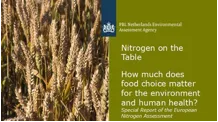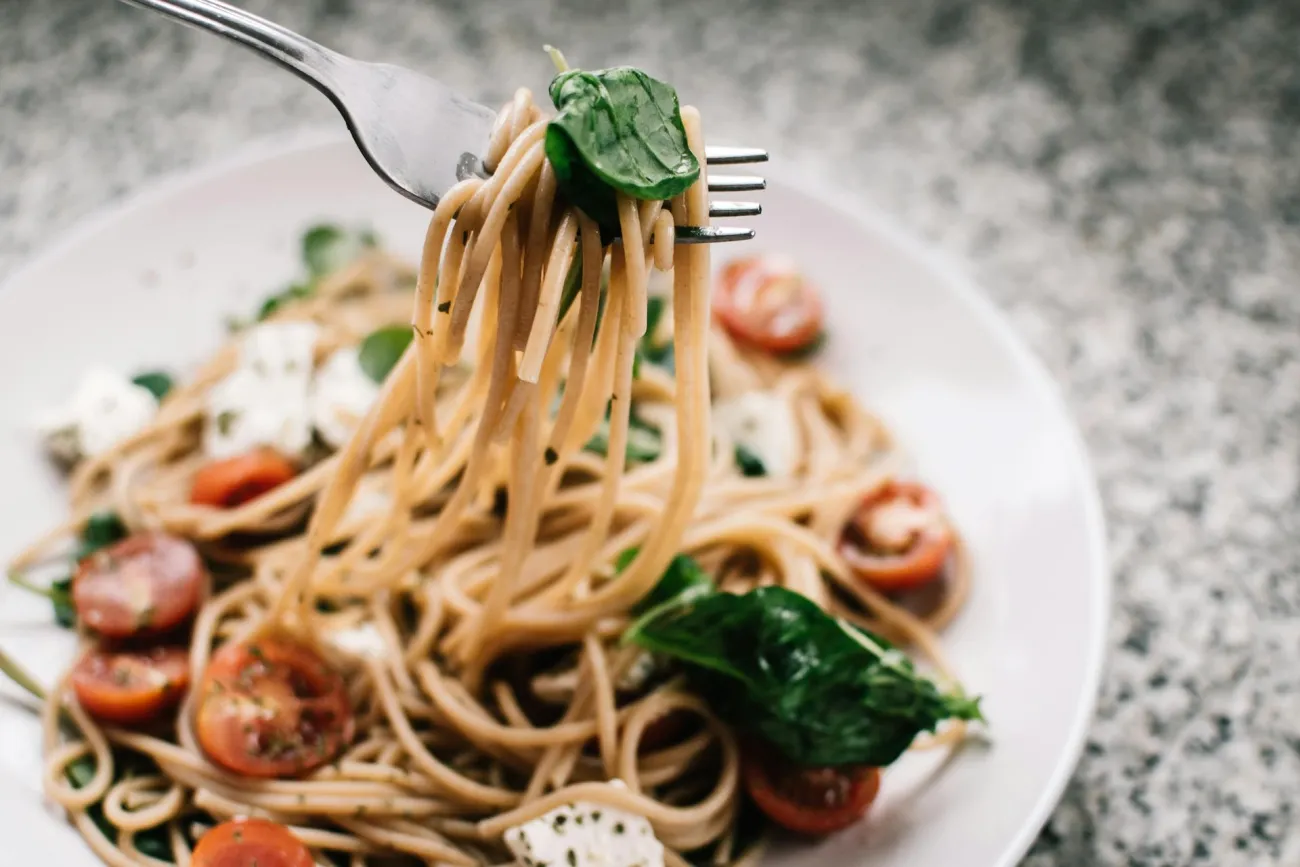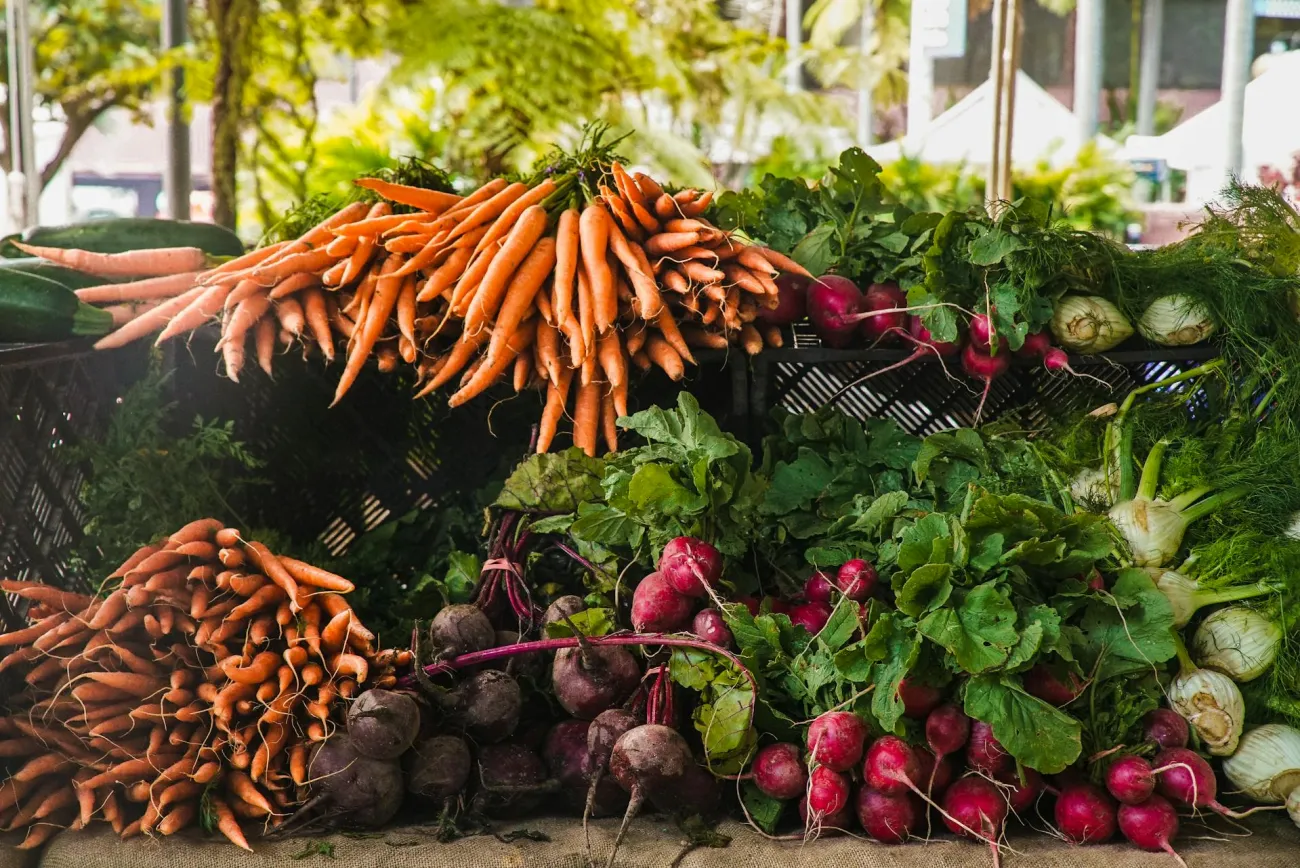This report quantifies how much our food choices affect pollutant nitrogen emissions, climate change and land use across Europe.

Despite the relatively high nitrogen efficiency of agriculture in the European Union, the current total loss of reactive nitrogen from European Union (EU) agriculture amounts to an estimated 6.5 - 8 million tonnes per year, representing around 80 % of reactive nitrogen emissions from all sources to the EU environment. These nitrogen losses are mainly in the form of ammonia to the air, of nitrate to ground and surface waters and of nitrous oxide (a powerful greenhouse gas). Around 79-88% of the total emissions related to EU agriculture of ammonia, nitrate and of nitrous oxide are related to livestock production.
The report provides an assessment of what would happen if Europe were to decrease its consumption of meat and dairy products. It shows how much cutting down on meat and dairy in our diets would reduce nitrogen air and water pollution, and greenhouse gas emissions, while freeing up large areas of farmland for other purposes such as food export or bioenergy. It also considers the health benefits of reduced meat consumption.
The executive summary of the report is out today - the full report is published next month and will be uploaded onto the FCRN website as soon as it is available.
Read the executive summary here, a news article describing the report findings here as well as a press-release here.
We have gathered further resources on nitrogen in our Research Library here.




Comments (0)